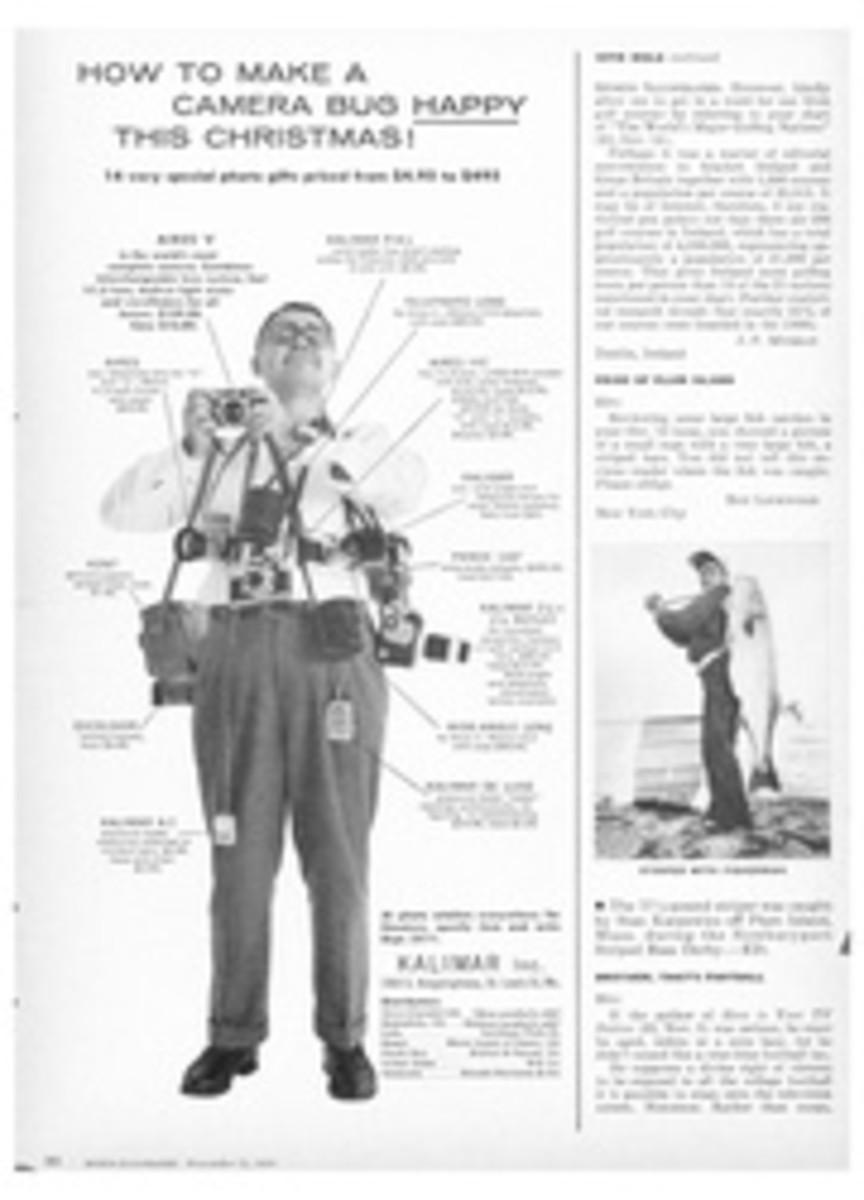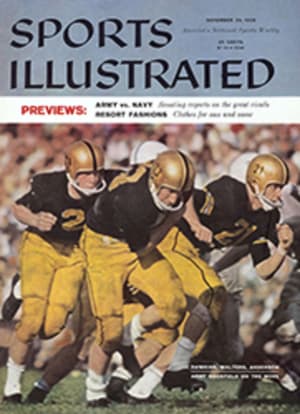
Crab legs, San Francisco style
The first real city I ever saw was San Francisco. Naturally, I fell in love with it at first sight. I had reached the age of 11 and was about to be popped into boarding school to make life smoother for everyone at home on our cattle ranch 600 miles to the south. To mitigate the horrors of incarceration in a convent, I was presented with a bougainvillaea-colored petticoat to wear under the upcoming black uniforms and taken by my parents to lunch at the Palace Hotel. The Lucullan touch to this surfeit of city splendor was provided by two novelties: a dish of cold cracked crab and a salad of alligator pear.
The salad was easy to eat, but the crab looked formidable. The only sea food I had seen at the ranch was the middle cuts of tired halibut or barracuda that arrived on the Mojave Desert in the refrigerated railroad cars of the Pacific Fruit Express. But, as I adored my father, I followed his example and found it fun to pick the crab meat out of the shells and still more fun to eat it—nutty, succulent and ocean-fresh as it was. Twenty Thousand Leagues Under the Sea was my favorite book at the time; I still think cracked crab is as romantic a food as any consumed by my hero, Captain Nemo.
To get cracked crab at its best, you must be in San Francisco between the 15th of November and the first of August, when the crab boats go out each day, long before dawn, from Fisherman's Wharf. All day long crabs are boiled and eaten on the wharf itself, both inside and outside the busy sea food restaurants that crowd the walk. (The picture on the opposite page shows a typical dish of this boiled cracked crab, on the table at Fisherman's Grotto No. 9.) Only the legs and claws are eaten; served cold, the meat is picked out with a fork and dipped in mayonnaise.
Cracked crab is combined with prawns, clams and eastern oysters to make the local and wonderful bouillabaisse—a cross between a soup and a fish stew—called cioppino. This is something to try at the most attractive of all the wharf restaurants, Tarantino's, when the fog rolls in. Among many dishes made with the crab leg meat removed from the shells, the most exquisite is crab legs Voltaire, an invention to be encountered in the dining room of the St. Francis Hotel and the recipe for which is given below.
To anyone living in the East the only trouble with these subtle ways the San Franciscans have with the legs of their favorite crustacean has been the distance one must travel to enjoy same. So it was for me a joyful event to come across crab in the shape of frozen, cooked crab legs that could be substituted with perfect satisfaction for the fresh-cooked San Francisco article. The frozen product comes from a very large Alaska crab which is netted in Aleutian waters, cooked and frozen right on board the fishing boat, only minutes after being caught. I could detect no loss of flavor in the meat, though it is a little coarser than the California variety. The legs of this giant crab, which has a span up to six feet, are cut in short sections for packaging.
Since the new product is being given nationwide distribution (under the brand name Wakefield Ready Split Alaska King Crab Legs), anyone who doesn't have the good fortune to live in San Francisco can now savor the delights of crab leg dishes, San Francisco style, without the necessity of journeying to the Pacific.
Crab legs Voltaire (for four)
Served with rice, this makes a rich main course
2 cups cooked crab leg meat from two defrosted 12-ounce packages of frozen, cracked, Alaska King crab legs (equivalent to about 40 large San Francisco crab legs)
¼ pound sliced fresh mushroom caps
‚⅛ pound butter
1 teaspoon fine-chopped shallots (or onion)
2 raw egg yolks
2 teaspoons cut chives
2 cups heavy cream
6 tablespoons dry sherry
2 tablespoons brandy
Remove meat from crab legs and discard shells. Sauté the crab leg meat in foaming butter with shallots and mushrooms for about 3 minutes. Add the brandy and sherry and bring to a boil. Add 1¾ cups of the cream and boil for three minutes. Add the chives, boil a moment longer, then remove from fire. Add the yolks of egg which have been beaten with the remaining¼ cup of cream. Heat gently to thicken; do not boil at this point or the dish will curdle. Season to taste with salt and cayenne pepper and serve.
Crab legs in tarragon butter (for ten)
An ideal first course for a fancy dinner
8 defrosted packages of frozen, cooked, cracked, Alaska King crab legs (equivalent to 160 San Francisco crab legs)
½ pound butter, melted
juice of 2 lemons
2 teaspoons fresh or dried tarragon, chopped fine
Arrange legs unshelled on a shallow, buttered pan. Combine melted butter and lemon juice; brush crab legs with some of this and place pan under broiler for a few minutes or until shells are brownish and very hot. Serve with a sauce made up of the rest of the lemon butter seasoned with the tarragon as well as salt and pepper to taste.
PHOTO
JERRY COOKE

